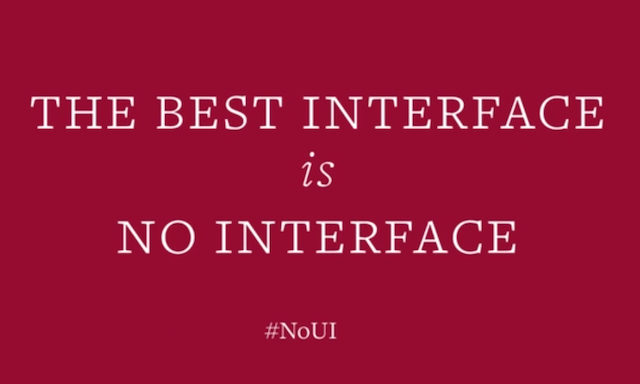I’ve had this draft post sat gathering WordPress dust for over 7 months so I thought it was time for it to be put out of its misery.
Back in November at the Visualized conference there was an observable theme that kept coming up in the talks about invisibility:visibility. However, it wasn’t a singular concept, it was referred to from two opposing perspectives.
With data visualisation, on one side of the equation, we are trying to make the invisible visible. This is the data or more specifically the insights, stories and findings that are contained within/by the data and then revealed when presented in context. This requires us to make the best choices for the representation of the data that will equip our audience with the appropriate form to interrogate it.
The other side of the challenge reverses this: making the visible invisible. This is where we strive to remove or reduce the friction that builds up between the user, and their efforts to interpret the data, and the actual experience of gaining insights. To achieve this requires effective design to minimise clutter, reduce visual searching, dampen intrusive interactive features, remove dominant chart apparatus, clarify our explanations etc.
Of course, some data frameworks and/or subject matter is inherently complex and requires the user to undertake a process of learning about what to read and how to read it. But it is not about immediacy, it is about making something as accessible – the experiential process should prove to be as seamless and efficient as possible.
This isn’t proposed as a revolutionary or particularly original thought – a Google search will reinforce that – but I think it is a useful reminder about the different sides of the challenge a designer faces when trying to effectively visualise data.
Slightly separate context, but I found this talk/video quite interesting about the idea of ‘No Interface’.

